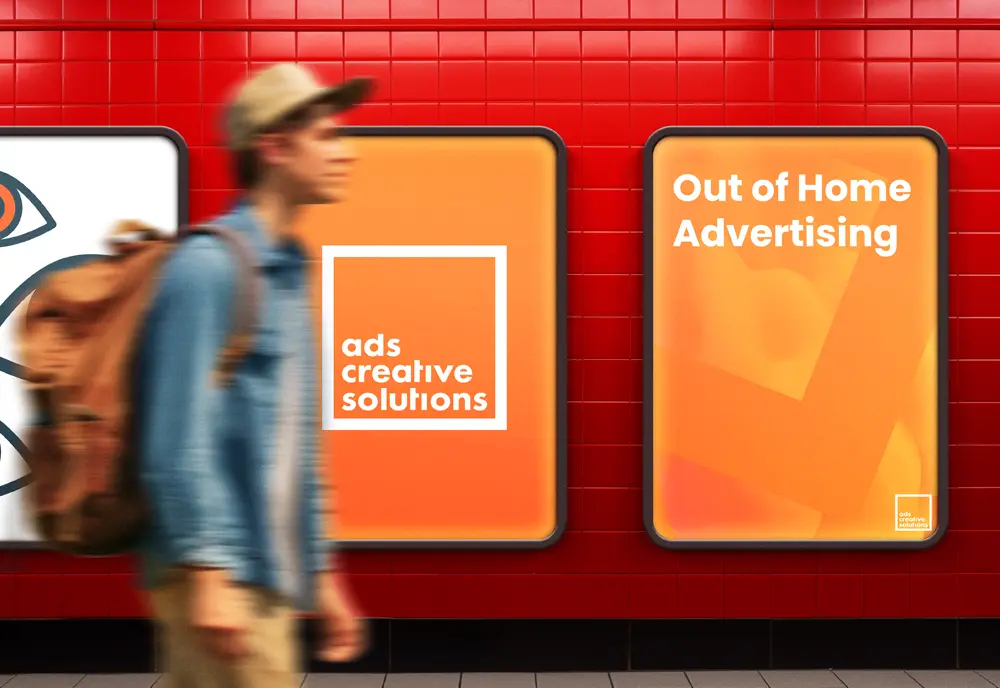Jump to section:
What is the Metaverse
To explain what the Metaverse is in simple terms, and in a meaningful way, is a bit of a challenge. Even those who work on building the Metaverse aren’t 100% sure what it will be in its final form. So for now, in the most basic terms, the Metaverse is the internet… but in 3D.
Let’s take a car dealership for example. On the regular internet we can visit a dealership’s website, look at their cars, see the specs of each car, options and generally get a good impression of what the car is like with help from media and reviews.
In the Metaverse you have all of this information but with the added benefit of seeing the car you want right in front of you in a virtual showroom. Walk around it, get up close to see the fine details and potentially take it for a virtual test drive.
Is this the first time we’ve seen the Metaverse?
There are many examples of services and technologies that have built up to the Metaverse. For a lot of people, video games are the first thing people think of when imagining the Metaverse. A virtual space where you can interact with your friends and a place to escape day to day life.
This idea isn’t new and although not quite the same as what the Metaverse aims to deliver, persistent virtual worlds have been around for a while now. The most notable being Second Life (2003 – ongoing), Playstation Home (2008 – 2015) and Roblox (2006 – ongoing).
Roblox today attracts close to 50 million daily active users and is seen by many as what the Metaverse could be. Aimed at Gen Z and Gen A, Roblox has attracted millions in ad spend with the likes of Nike, Vans, Kelloggs, Gucci and many more creating their own spaces and experiences. So it’s easy to see how brands could be interested in the idea of the Metaverse.
What will the Metaverse become?
If you’re thinking of a virtual world like in the book Ready Player One by Ernest Cline then that might be a little out of reach for now. The Metaverse is still very much in the early stages and that’s clear with the limited experiences you can currently take part in.
Experiences that do exist like Decentraland or Meta’s own Horizon look unpolished and buggy. At first it’s unbelievable to think that with Meta positioning itself as the future of all things Metaverse and after spending over $36 Billion, it would have more to show in a virtual space. But the road to the Metaverse isn’t just about virtual space, it’s also the technology to access it with large amounts of money going towards hardware research and development.
What we do know is the Metaverse will change the way we currently do things. But will your future day to day Metaverse interaction be thorough AR (Augmented Reality) instead of VR (Virtual Reality)?
For many including Apple, AR is the technology that we should be focused on. Instead of Virtual Reality in a VR headset, AR augments what you naturally see in reality by overlaying the digital world. The future of AR in the Metaverse would give you a persistent world to explore where digital objects have a real life location in reality. Imagine a digital art exhibition in London City centre, only viewable to those that have travelled to the physical location in reality and put on their AR glasses. This art exhibition is in the same location for everyone, a physical location in reality for a digital asset.
Here’s an example of AR and digital assets having a physical location. Here we’ve placed the ads logo on the outside of our office. It’s possible in the near future all businesses and shops will have a digital version of their logo or advertisement on the outside of buildings.
What is holding back early adoption?
Cost
As the technology to access the Metaverse matures the cost will come down. Could we see future devices brought by the public the same way you have a contract for a mobile phone?
Comfort
Current headsets can be quite uncomfortable for anything longer than a short meeting or game. Eye strain and headaches can happen and smaller, lighter and more advanced headsets will help with comfort.
Content
There has been a push for engaging content but this is mostly in the gaming space. Social and work based experiences are still severely lacking.
Confusion
There’s still a lot of confusion over what the Metaverse is, will become and how everyone will benefit from it.
Health & Safety
How will the hardware to access the Metaverse affect our health? What laws would have to come into force to ensure our safety, like would you be allowed to wear AR glasses while driving?
If you think the Metaverse is a waste of time and won’t amount to anything, then take a look at this excerpt from an article written in 1995 by Clifford Stoll for Newsweek. Like many commenters at the time, the internet was a joke and wouldn’t amount to anything.
How wrong they were.
We’re promised instant catalogue shopping–just point and click for great deals. We’ll order airline tickets over the network, make restaurant reservations and negotiate sales contracts. Stores will become obsolete. So how come my local mall does more business in an afternoon than the entire Internet handles in a month?
Tldr
Tldr
What is the Metaverse?
Wikipedia says: In futurism and science fiction, the Metaverse is a hypothetical iteration of the Internet as a single, universal and immersive virtual world that is facilitated by the use of virtual reality and augmented reality headsets. In colloquial use, a Metaverse is a network of 3D virtual worlds focused on social connection.
Why the Metaverse?
Because it potentially gives businesses better access to what adverts we see and gives users better access to information and experiences.
When is the Metaverse?
Nowish. You can visit virtual worlds today with a headset. You can also use AR with your phone (try Google maps or Pokemon Go). But it’ll be a while yet until the hardware and services have matured enough to be something that fits into your life seamlessly.
Watch the Meta Connect keynote 2022 for more information









